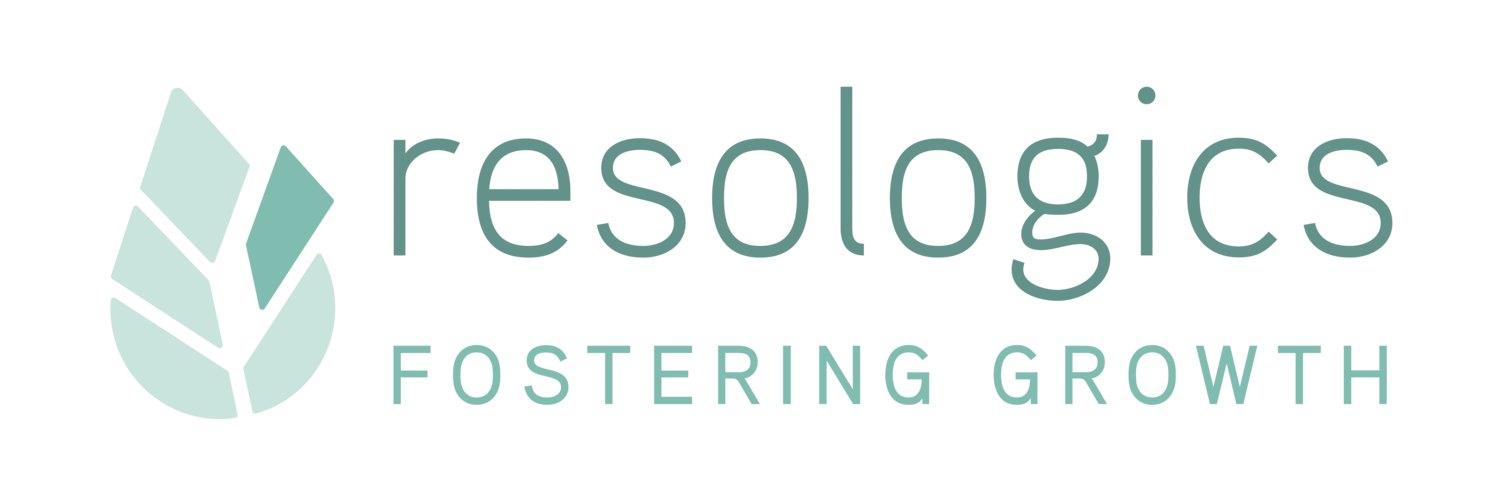Try this quick trust-building exercise with your workplace team
/Harnessing the power of positive conflict in your team and workplace creates a higher level of engagement, decision-making, innovative thinking, and productivity. The foundational factor that creates this kind of high-performing team? Simply put, Trust.
Too many organizations see their teams as “transactional” - literally, meaning an exchange of a service to achieve a specific outcome. “Transactional leadership” has come to be known as a leadership style that requires workers to perform to a strict set of standards.
This might be great if we were all androids but, happily, we are diverse, creative, curious, emotional beings. We thrive in situations of community where there is a lively exchange of ideas that are respected, open-ended, and inevitably result in something greater than their parts. After all, this is why we invested in our people in the first place, to contribute not comply.
As a leader, which would you rather have for your company? Which environment would you rather work in?
Quick trust-building exercise to create a space for open, honest interaction
Before we dive in, I want to tell you that this is not “touchy-feely” stuff we’re about to get into. Trust is measurable and studied, and is key to what makes a team function, accomplish goals, and successfully navigate through change.
Our team uses conversation and coaching to help people build trust with one another – simple but powerful. This exercise is designed to begin to lay the foundation of trust for a team. It could be deployed at the start of any team meeting.
“What do you need?” exercise.
Go around the room and ask this question to each person: “What do you need everyone in this group to do for you to feel safe?” Each one gets to describe what they personally need to feel safe and comfortable within a group to allow open discussions. Make sure you listen attentively, and respect each answer without challenge or followup. This is meant to be an opportunity for everyone to be heard.
What you get from a conversation like this can be pretty remarkable. One member said, “I’ve been with this company for 16 years and we’ve never had any kind of agreement together on this stuff. This is the most wonderful thing we’ve ever done!”
Results:
Helps each member understand more about the others as well as themselves – many people have never been asked this question before, or known how others feel.
Sets ground rules for a team environment that feels comfortable for everybody.
Builds trust, as advertised...
Don’t be surprised if some emotions bubble up from this exchange. It helps to be prepared for this, and to consider a personal follow-up with team members who show an emotional response, as there may be underlying discomforts or even conflicts that were triggered by a question around safety. It’s important to address these responses before they grow into unproductive interpersonal conflict.
The upside is that you will likely notice more engagement, energy, and open exchange right away. Your team is well on its way to harnessing the power of constructive, creative conflict! Here is more information and another great conversation-starter tool to check out.



When we join a company, partnership or team, our expectation is that everyone involved will exhibit professional behavior toward us and each other. Instead, it’s highly possible that we may become one of the more than 60 million adults in the United States who are affected in some way by bullying behavior at work.
What kind of behaviors are we talking about? Our definition is any interpersonal behavior that causes emotional distress in others sufficient enough to impede their productivity or disrupt organizational functioning. It isn’t just a personality conflict — it’s a chronic pattern of disrespectful behavior.